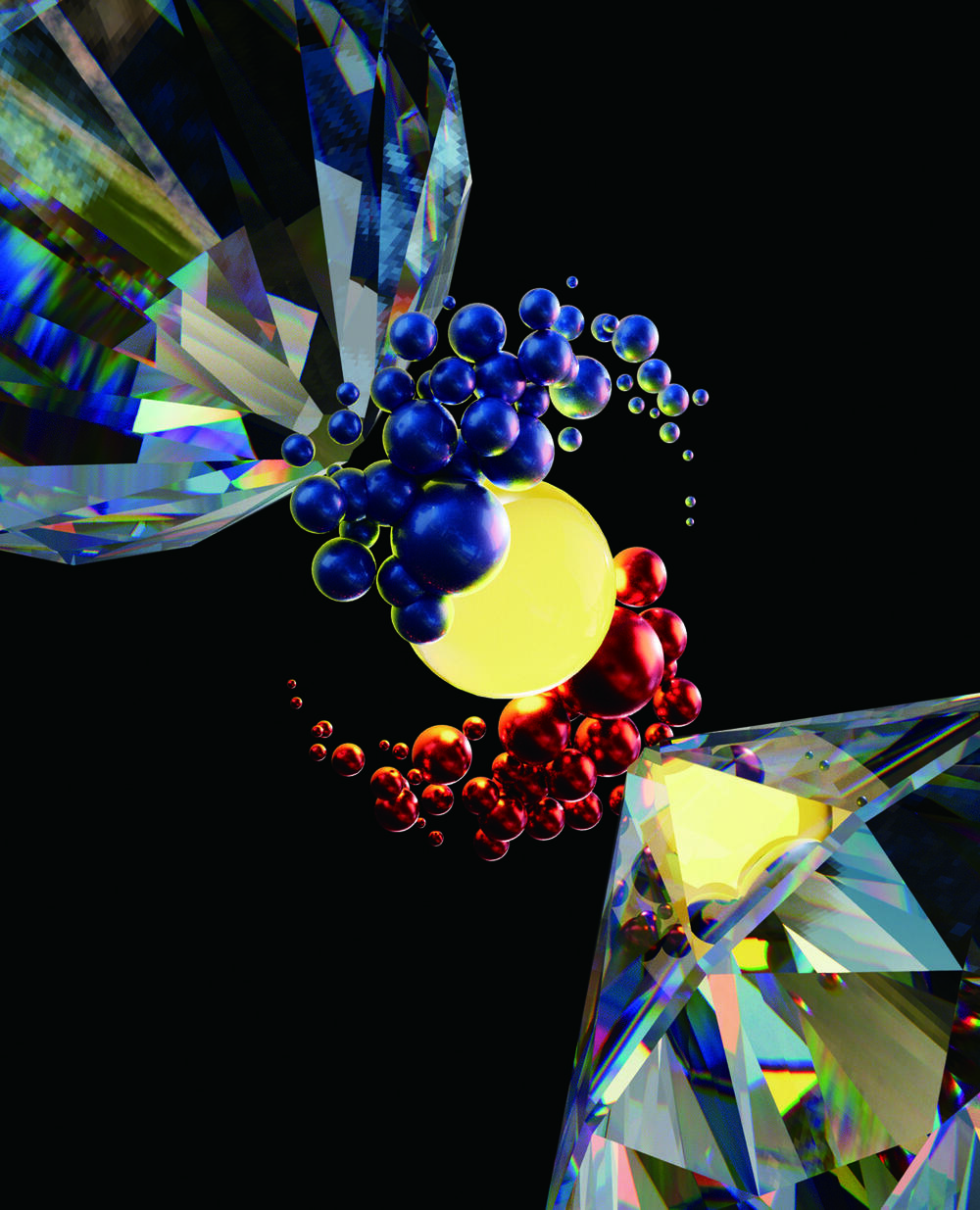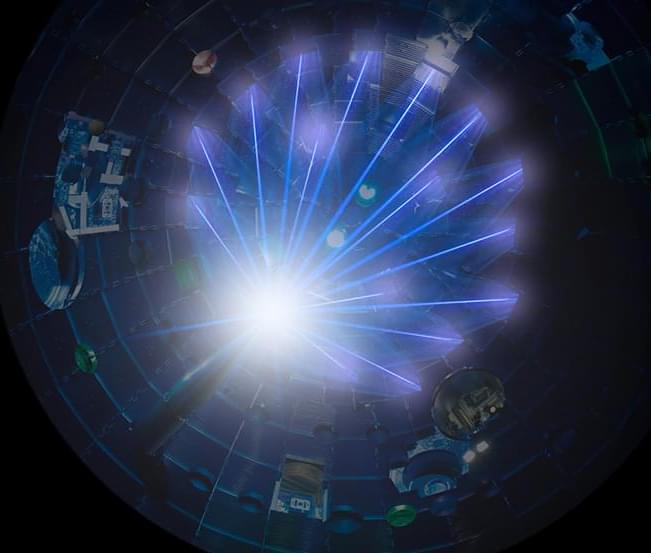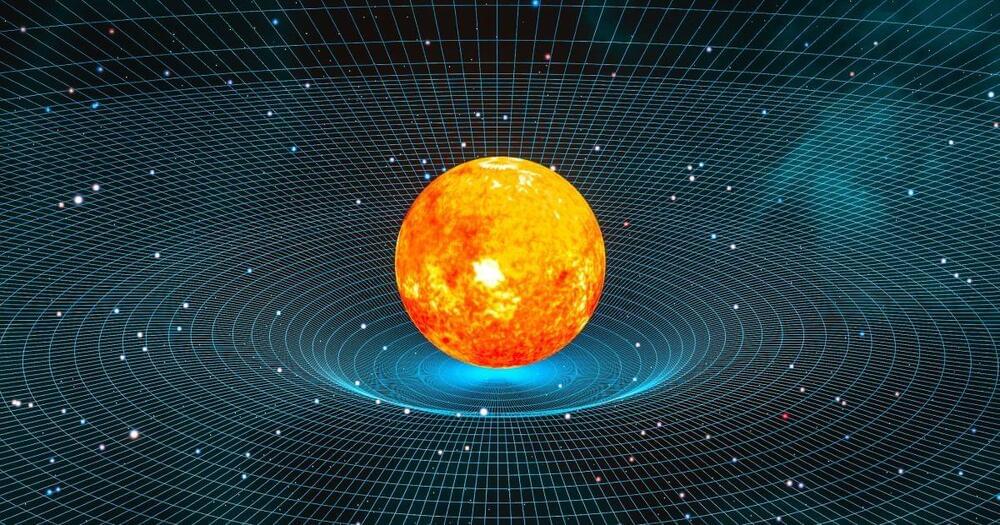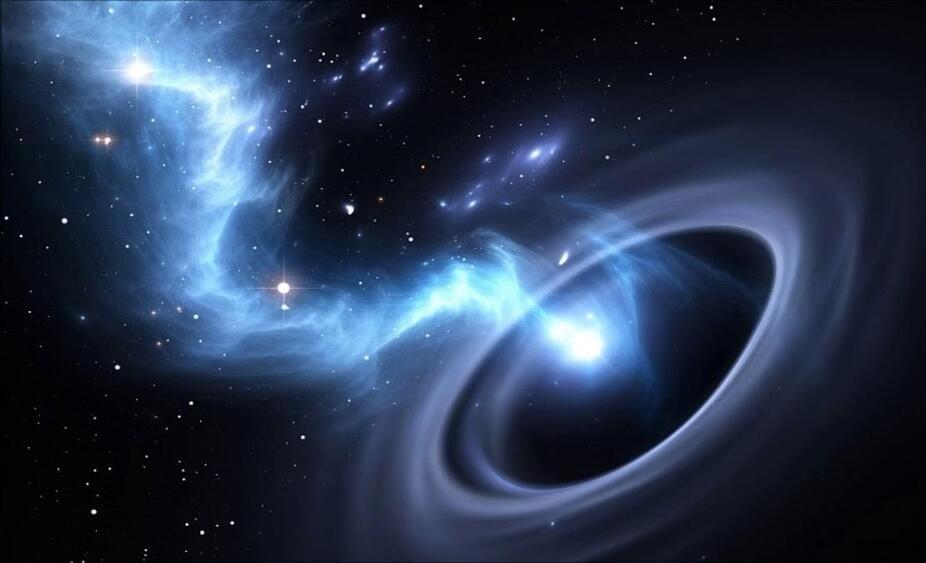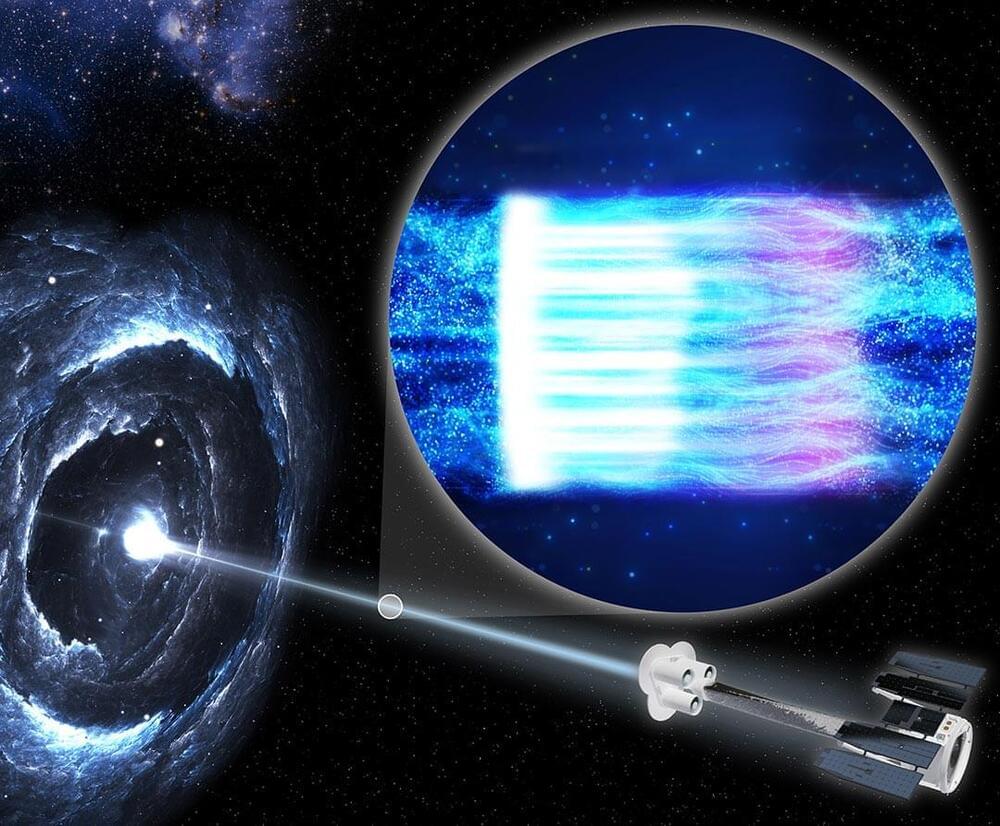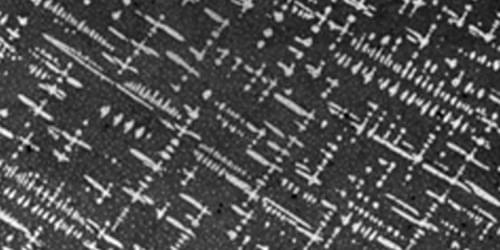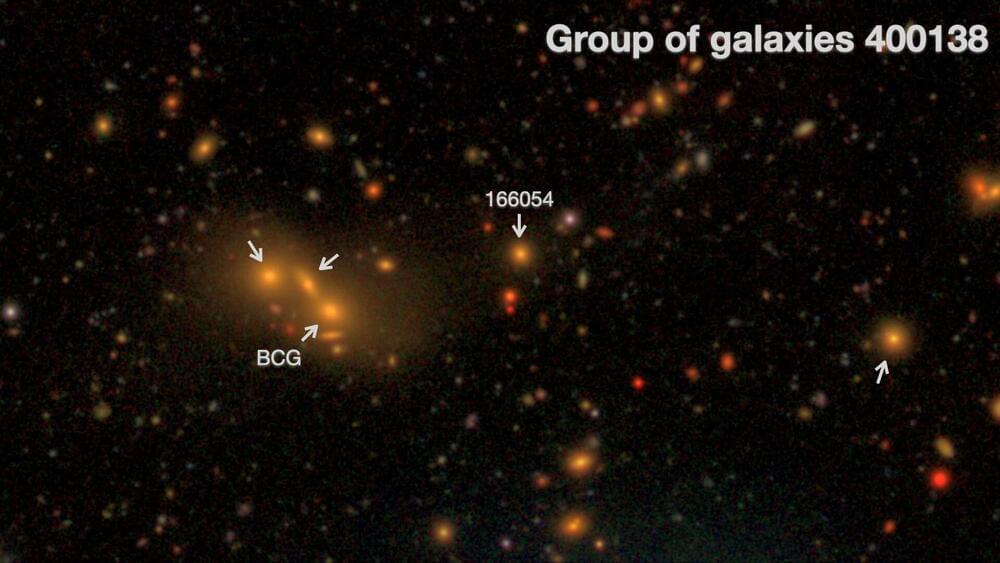UCLA researchers and their colleagues have discovered a new physics principle governing how heat transfers through materials, and the finding contradicts the conventional wisdom that heat always moves faster as pressure increases.
Up until now, the common belief has held true in recorded observations and scientific experiments involving different materials such as gases, liquids and solids.
The researchers detailed their discovery in a study published last week by Nature. They have found that boron arsenide, which has already been viewed as a highly promising material for heat management and advanced electronics, also has a unique property. After reaching an extremely high pressure that is hundreds of times greater than the pressure found at the bottom of the ocean, boron arsenide’s thermal conductivity actually begins to decrease.
